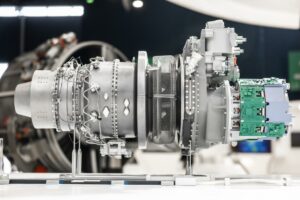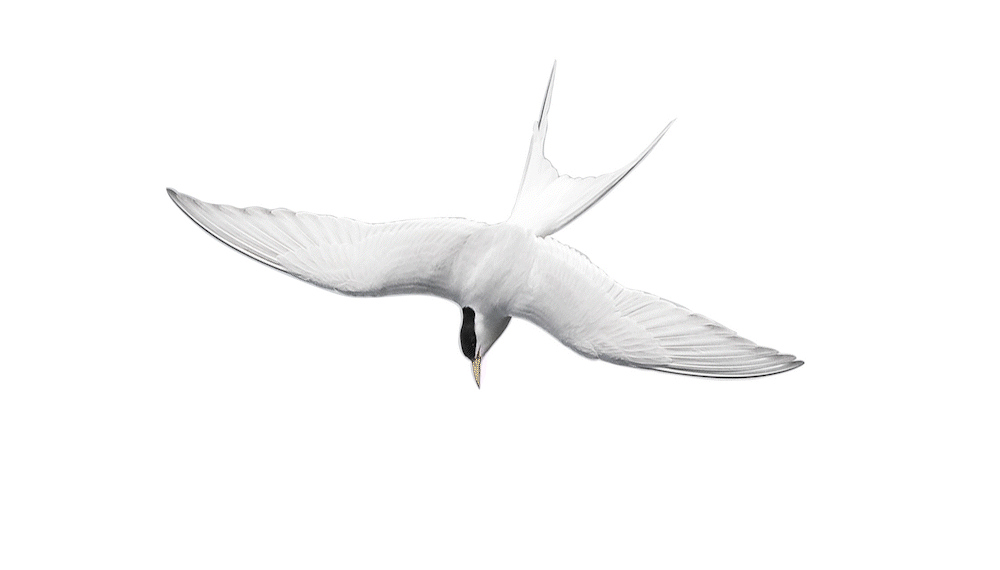Two firms, one making both conventional take off and landing (CTOL) and eVTOL (electric Vertical Take Off and Landing) aircraft, and one making a CTOL capable of root-top operation, had major milestones in the last month.
Beta Technologies
Beta Technologies, founded in 2017 by Kyle Clark, developed its first craft. Ava underwent test flights and even at that point attracted its first customer, “United Therapeutics, which under founder and CEO Martine Rothblatt was looking for efficient transportation methods for organs intended for human transplant. United Therapeutics awarded Beta a $48 million contract”
Finding Ava to be complicated, the Beta turned to a simpler approach. The resulting Alia was further developed into both conventional and eVTOL configurations. As a conventional, if rather swoopy-looking craft, Alia has flown along a network of charging stations created by Beta to provide overnight stays for pilots and an energy source for extended trips.
The Alia demonstrated its ability to transition from a lift-off using the four horizontal rotors, to turning on the remarkably small pusher propeller and moving into wing-borne horizontal flight and turning off the rotors. After flying a course beyond airport boundaries, Alia return to the same runway and reversed the transition process. The flight concluded a successful test of both the airplane’s ability to emulate a helicopter, yet achieve forward flight on its wings and reach greater distances than a helicopter.
One interesting aspect of Beta’s work is that the electric motors and control systems for Alia are developed in-house, a significant achievement for a relatively new company.
Electra Aerospace
Electra Aerospace was founded by John Langford, a veteran of Aurora Flight Sciences and his years of pushing aircraft limits. He was part of an MIT team in the 1970s that crafted Daedalus, the human-powered airplane that flew from Crete to Sicily – 74 miles. With Electra, he promoted the idea that an airplane with “blown lift” could take off and land in areas formerly restricted to helicopters. In a 2022 interview, Langford explained the design philosophy behind Electra Aero and his plans for its future.
The demonstration last month of Electra’s short-field ability shows the slow speed of its takeoff, which could be promoted as a safety factor for otherwise reluctant travelers.
The market seems ready for such a craft, with Electra posting $8 billion in orders for their nine-seat commuter so far. Your editor thinks this is a hit with potential buyers because Electra is a reasonably conventional craft with walk-on seating and extremely short ground contact periods. It looks less unfamiliar than multi-rotor competitors.
Motors for Electra come from MGM Compro, a Czech firm with a long history of powering electric aircraft. Their REB50 and RET60 motors, and high voltage motor controller.
MGM indicates its also supplying several custom motors to Electra Aero.

Safran TG600 turbogenerator drives twin electrical generators that supply energy to batteries.
Earlier reports showed Safran as supplying the small gas turbine/generator set that supplies power to the batteries.
Aerodynamics Over Heavy Lifting
Your editor thinks the success of both these aircraft stems from their aerodynamic efficiency, requiring less power to become airborne and reach distant destinations. Compare their ranges to those of multi-copter variants against which they compete. Beta acknowledges part of their design inspiration coming from the Arctic Tern, for instance.

Beta Alia’s design was strongly influence by the Arctic Tern
Just as the Tern shepherds its food (energy) supplies for its enormous migrations. Wikipedia provides some astonishing numbers. “Recent studies have shown average annual round-trip lengths of about 70,900 kilometers (44,100 miles) for birds nesting in Iceland and Greenland and about 48,700 km (30,300 mi) for birds nesting in the Netherlands. These are by far the longest migrations known in the animal kingdom (Editor’s Note: Perhaps rivaled by the various Albatross). The Arctic tern nests once every one to three years (depending on its mating cycle).” All this from a bird with a maximum wingspan of 30 inches and a weight of 95 to 120 grams (3.3 – 4.2 ounces). Biomimicry of such masters of flight seems likely to lead to even more revelations about how to emulate their flight.
In the meantime, both Beta and Electra have shown efficient ways to make electric flight a reality.
